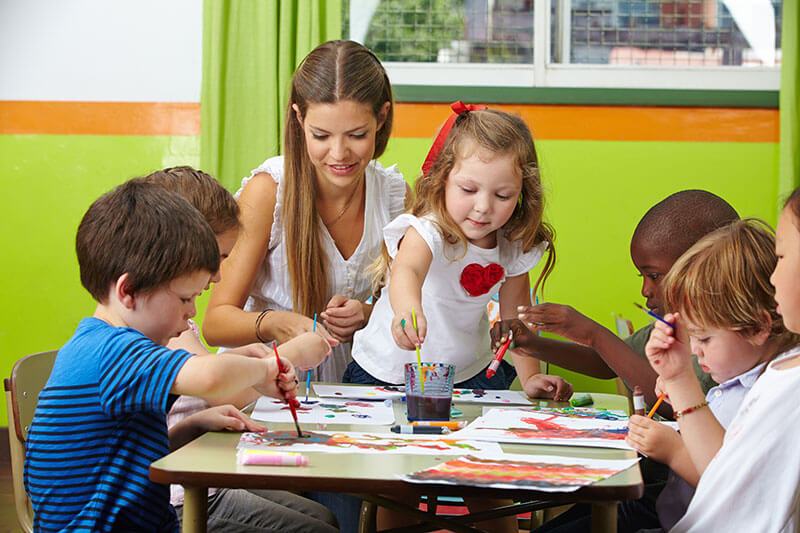What is Play?
Play is not just about doing, it’s about being. Play is a state of grace, innocence, wonder and creativity and happens when anyone is truly living in the present tense.
Playing is what children do and their way of life. For young children, there is no distinction between play and learning; they are one and the same. Playing is a priority in early childhood, yet not all play is the same.
Most experts agree that children’s play can be divided into these categories:
- Active play: running, jumping, climbing, riding, and other use of large muscles.
- Quiet play: reading, stringing, coloring, etc.
- Cooperative or social play: games and activities that involve more than one.
- Solitary play: drawing, dreaming, or any activity that involves only one.
- Manipulative play: putting together puzzles, building with blocks, cutting and pasting, or any activity that involves eye-hand coordination or fine motor skills.
- Creative play: painting, molding, solving problems, making music, telling stories, or any activity that involves a child’s imagination.
- Dramatic play: dress-up, make-believe, or any play that involves pretending.
Learning and fun will overlap For example, playing “Tag” is active and cooperative at the same time. Though children could care less which category their play falls into, it is valuable for adults who work with young children to understand the types in order to provide opportunities for children to engage in them all.

